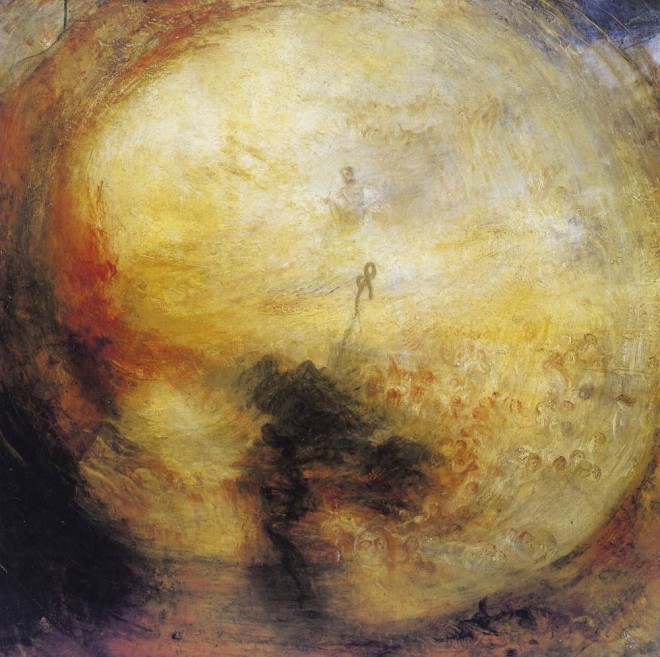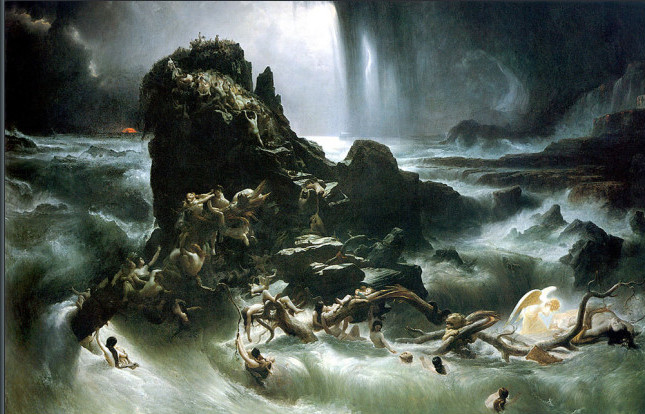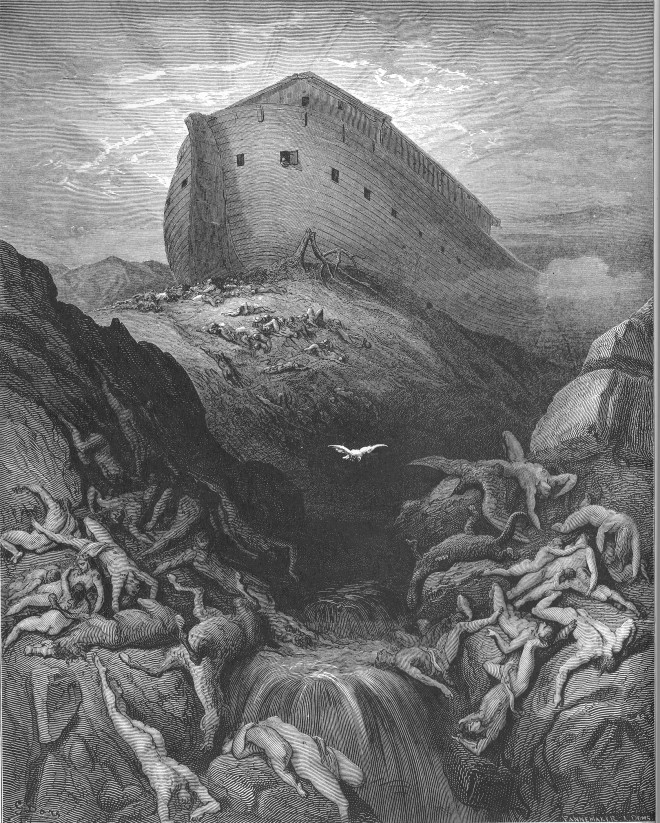In researching the divine feminine, I’ve found several examples where the scriptures use the feminine voice. For example, we often refer to the earth as “mother earth,” which is not mythological. We read it in religious texts as well.
I came across an article about Enoch by Hugh Nibley in 1976, Ensign. I found another example where Enoch refers to the earth as “female” — The ancient text belongs to some of the forty-day ministry literature — Christ has returned after his resurrection to teach his apostles. They ask him questions about the horrors of death. Christ explains that at the great council in Heaven:
There was great reluctance among the hosts to proceed with the creation of the earth, the earth itself complaining, exactly in the manner of Moses 7:48, of the filthiness and corruption that would surely go out of her and begging to be allowed to rest from such horrors. (Fol. 10a–b.) Because of the council’s reluctance to proceed, God allows the lifeless body of Adam to lie upon the earth for forty days, unwilling, without the council’s approval, to let his spirit enter. (11b.) (A Strange Thing in the Land: The Return of the Book of Enoch, Part 8)
The earth seems to be a living entity, female and must go through all the stages of descending before ascending to a Celestial level. Just as we must – the fall to mortality and the climb to a state of glory: At some point in time-space, God organized the earth as a Paradisiacal (Terrestrial) world. He placed Adam and Eve there, where they hung out for some period of time until they ate some of the fruit of the tree of knowledge. Whatever that symbolizes, they changed; they fell, along with the earth, to a Telestial state (our world today.) From that point on, people and living things reproduced, populating the earth. When things became out of hand and too evil, God baptized the Telestial earth with the flood — sometime during Noah’s life. Still, in the future, God will baptize the earth with fire as it becomes glorified for a return to the Paradisiacal state and enters into a period of rest known as the Millennium. At that point, she (mother earth) becomes terrestrial, and Zion triumphs. She gets a rest — the seventh period. A final burning lifts mother earth to a Celestial glory. It’s all extraordinary but possible.
Enoch converses with the Lord before the Flood and sees the earth in pain:
and he heard a voice from the bowels thereof, saying: Wo, wo is me, the mother of men; I am pained, I am weary, because of the wickedness of my children. When shall I rest, and be cleansed from the filthiness which is gone forth out of me? When will my Creator sanctify me, that I may rest, and righteousness for a season abide upon my face? (Moses 7: 48)
King Benjamin speaks to his people and refers to the mother earth:
And ye behold that I am old, and am about to yield up this mortal frame to its mother earth. (Mosiah 2:26)
The ancient prophet Mormon finishes the record of his people in 385 A.D. describing the carnage and destruction of the Nephites:
and their flesh, and bones, and blood lay upon the face of the earth, being left by the hands of those who slew them to molder upon the land, and to crumble and to return to their mother earth. (Mormon 6:15)
We often think that only humans and animals have spirits, but this may only be the beginning of understanding the spiritual nature of things — plants and the earth. Or it is all symbolic of the roles that females play in the universe — the descents and ascents of life — pregnancy, labor, and delivery — to mention just a few.

The morning after the deluge
Updated, originally published March 2016


